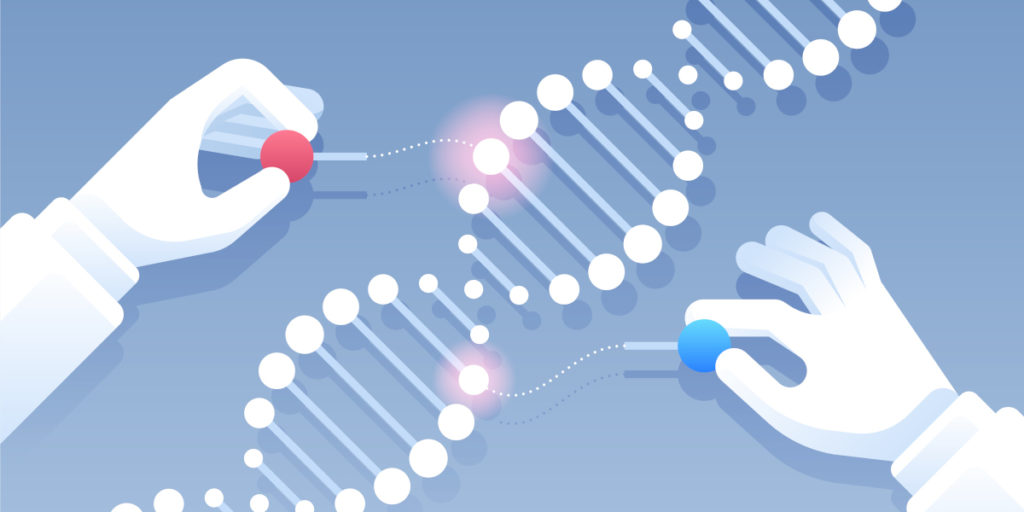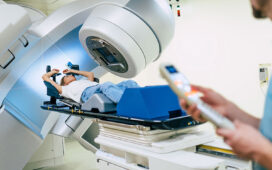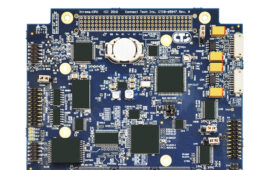CRISPR is a tool scientists have developed that lets them edit DNA sequences. To date, CRISPR gene editing technology has been used to treat forms of stubborn cancers, to produce strains of malaria-resistant mosquitos, and to identify specific regulators that cause birth defects in babies. But this is only the beginning of what scientists hope to achieve through the magic of CRISPR technology. This year marks the ten-year anniversary of research published by Emmanuelle Charpentier and Jennifer Doudna, who are considered the developers of CRISPR. In 2020, the pair were awarded the Nobel Prize in Chemistry for their discovery that essentially allows “rewriting the code of life.”
What Has Been Done With CRISPR in the Years Since Its Inception?
CRISPR gene editing has traveled a somewhat rocky path since its development, and it has had both its critics and abusers. For instance, there’s the Chinese scientist who, in 2018, used it to delve illegally into making designer babies and received a short prison term for “ illegal medical practices.” And then there are the disability advocates who worry that unethical researchers may someday use the technology in broad swipes to “engineer-out” human disabilities. And while this may sound like an ethical-enough use of CRISPR gene editing, the controversy arises in the interpretation of what constitutes being disabled.
It’s clear CRISPR technology is a powerful tool that has the capacity to be misused, but perhaps what’s more important is the capacity it has to alleviate unnecessary suffering, to improve bleak prognoses, and even to end the problem of world hunger. When used ethically and in the hands of conscientious researchers, scientists, and doctors, the prospects are optimistic. In fact, in the ten short years since the development of CRISPR, progress has been nothing short of amazing.
CRISPR and the Formation of Allogeneic CAR-T Cells
Before CRISPR technology, scientists were already experimenting with ways to harvest healthy white blood cells from cancer patients and genetically modify them in a lab. By adding a chimeric antigen receptor, or CAR, to each cell, doctors could reinfuse the modified cells back into the patient, where they would attach to and kill cancerous cells. This process had limitations, however, and it was long and laborious to carry out. Through the use of CRISPR technology, scientists are working on ways to have modified cells stored and at-the-ready whenever a cancer patient needs them.
CRISPR and Diagnostic Testing
CRISPR technology is also being refined for the earliest detection of contagious diseases, including:
- COVID-19
- Zika virus
- Ebola virus disease
- Human Papillomavirus
- Lassa fever
Because CRISPR technology is able to hunt down and identify snippets of DNA, it can be programmed to hone in on the specific sequences that indicate these deadly diseases are present. Earlier detection means doctors can better isolate patients in the beginning, before illnesses like these have the opportunity to spread.
Other Beneficial Applications of CRISPR Technology
Additionally, CRISPR gene editing is being studied for its abilities to cure acne, to improve the effects of inherited blindness, and to produce crops that are especially disease-resistant and that produce higher yields. The applications for the use of CRISPR technology grow by the day, and researchers are hopeful that it may one day lead to additional, monumental breakthroughs in science and medicine, such as the curing of all forms of cancer and the prevention of painful and debilitating diseases that have plagued mankind for centuries.







